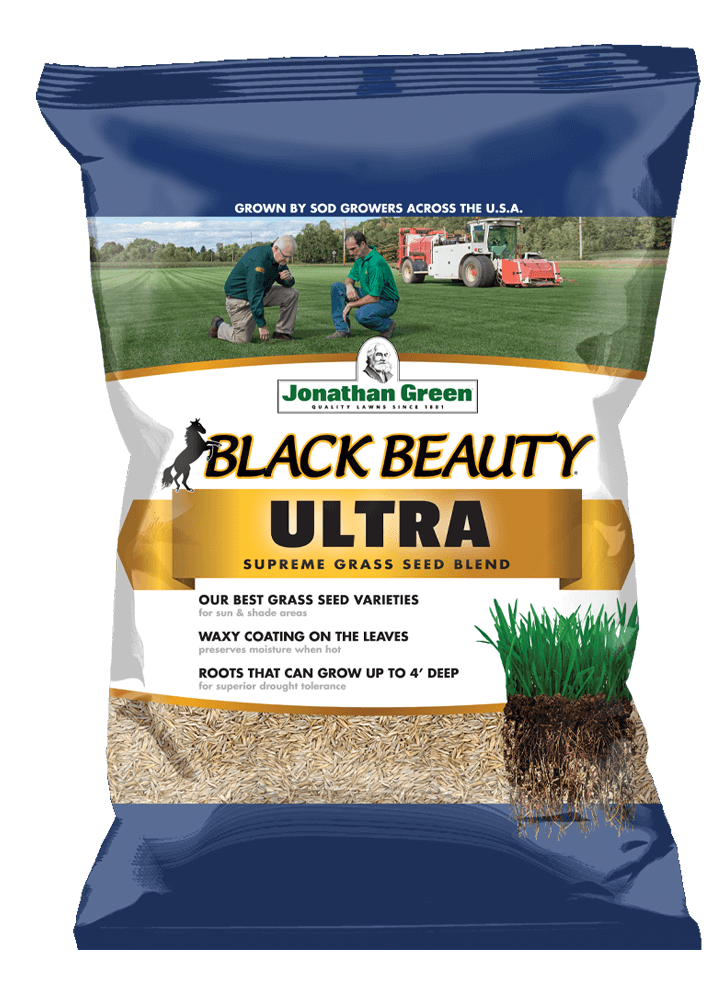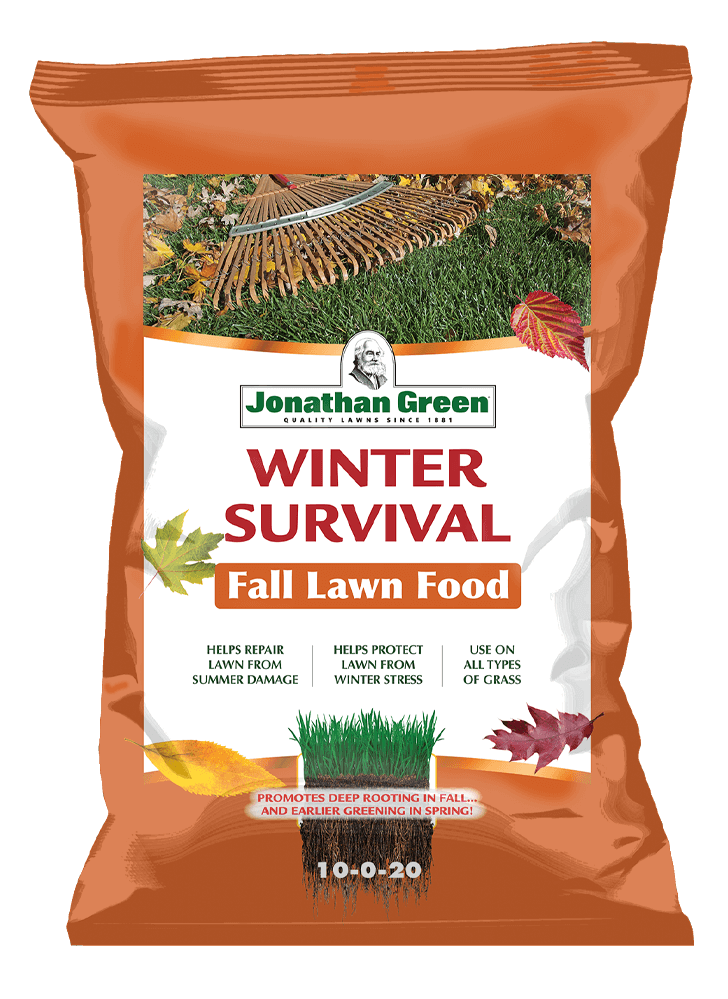Take a look over the fence at your neighbor’s lawn. Take a walk around the block and look at any number of lawns, which ones do you like? Which ones would you like to have? I bet you can find a few lawns that you are jealous of right? What are they doing that you’re not doing? Your lawn doesn’t have to be the neighborhood eyesore. Taking a look at your yard from a neighbor’s perspective will help you pinpoint problem areas to address, and you can make a lot of the improvements yourself.
I speak with homeowners throughout the year who are questioning why they are not able to grow that beautiful lawn they see at other homes in the neighborhood. The problems they present are varied. Here are some examples:
Q: I got a soil test from my local extension service and had a pH about 5…
A: Low pH does not grow lawns.
Q: I am renovating an area and put three inches of top soil down…
A: Great! The new seed will love the new top soil but once the grass roots travel to the poor soil, the grass plant will no longer continue to be healthy. You must be prepared to add soil amendments and/or topsoil to your existing lawn by mixing the new topsoil with the old, going down 5 to 6 inches. We want to encourage the grass to have roots that go as deep as possible to encourage long term growth.
Q: I put grass seed down three weeks ago and want to know where my beautiful lawn is?
Q: I admit I have not done anything to the lawn in years but I put seed down in the spring so where is my lawn?
Q: I just built an addition and the grass got destroyed. I put seed down where the equipment compacted the soil. Why no lawn?
I guess these homeowners have not had an opportunity to read my articles.
Fall is the absolute best time to seed or re-seed your lawn. The hot, dry summer is over and the insects and weeds are less prevalent. Moisture from morning dew keeps the seed bed moist and the less intense sunrays slow the rate of evaporation. The soil temperatures are still warm and the cool rains make it the perfect time to create that beautiful lawn that your neighbors will envy as they look over your fence.
When you are preparing to seed, take a soil test 2 weeks prior to seeding to look for any soil deficiencies. Low pH does not grow lawns. Most parts of New Jersey tend to be low on the pH soil scale. The most desirable pH range to grow grass effectively is between 6.0 and 6.8. If you take a soil pH test and you are below this level, apply Mag-I-Cal according to the directions on the bag. Buy great grass seed! You wouldn’t buy the cheapest paint to paint your million-dollar home right? Taking the time to buy and use the right seed for your lawn’s needs will result in a healthier, attractive lawn. Black Beauty® Ultra Grass Seed is great grass seed!
Prepare the soil either by raking vigorously or rent a seeding machine to relieve compaction and give the grassroots a chance to establish. You wouldn’t just paint the house; you would scrap off old paint, spackle, sand, prime and then paint for best long-term results. Adding any topsoil, Mag-I-Cal, and New-Seeding Fertilizer to the soil prior to applying grass seed is exactly the same concept. Proper preparation will give you the best results. By mixing the new topsoil with the old, going down to 5 or 6 inches, you will encourage the grass roots to go as deep as possible to encourage long term growth. Rake the fertilizer and lime into the top inch of the soil.
After applying grass seed and other soil products, rake over the seed lightly, do not cover it more than ¼ inch, we are not growing corn that needs to be planted deeply in the soil! You can roll the area or gently walk over the seed to press it into the soil. Good seed-to-soil contact is critical to your success. Water if you can, keeping your newly-seeded areas moist for 2 weeks. Watering lightly for 5 to 10 minutes at least once per day, up to 3 times per day, will help your seed establish. If it’s windy and/or still warm, it will dry out more quickly. If the seed dries out, it will not germinate. However, many lawns are established without any supplemental watering if the seed is in good contact with the soil. After mowing, you may return to a normal watering schedule.
Be sure to do a follow-up fertilizing six to eight weeks later with Winter Survival Fall Lawn Fertilizer to help the new grass continue to grow thick and healthy.

